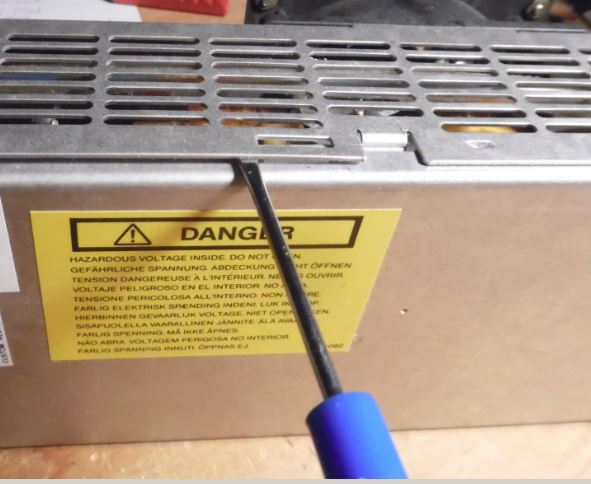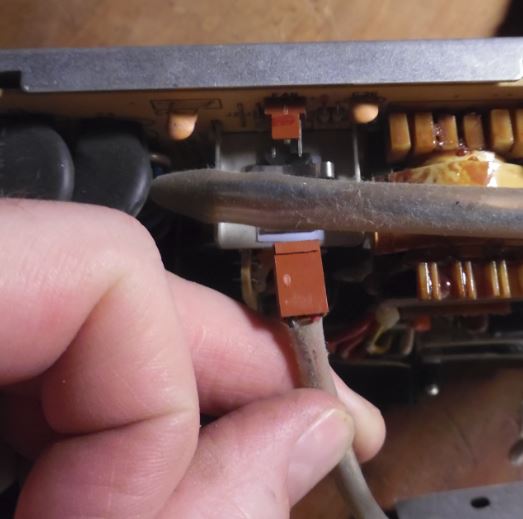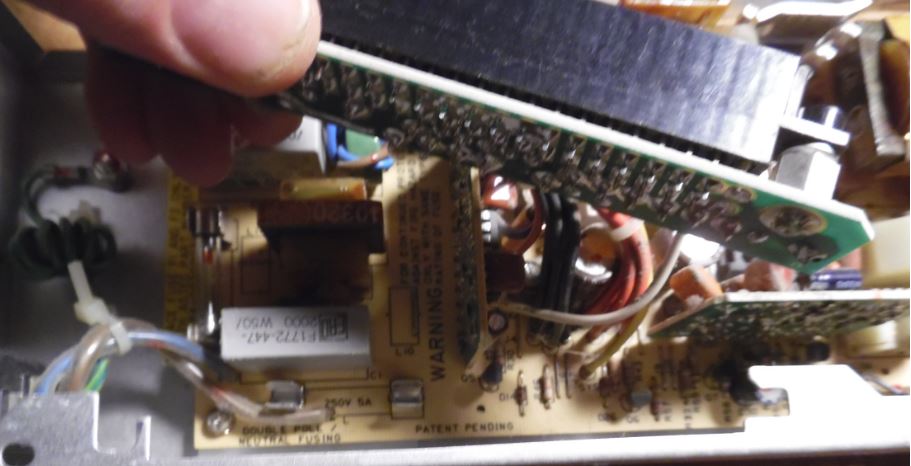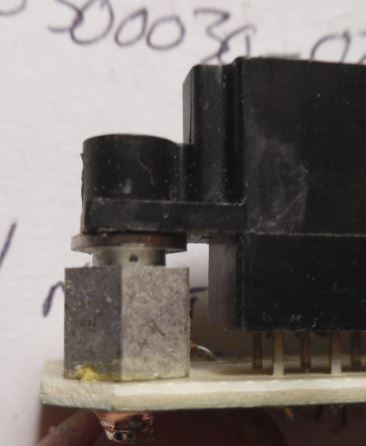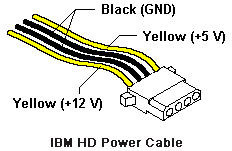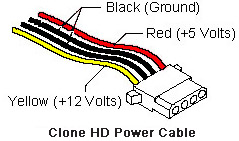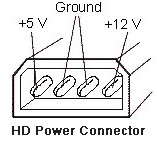|
Test PSU 7561 / 62 PSU Specs 8570 PSU Specs 8550 / 50z PSU Specs Remove PSU Remove 8570 PSU 8550 Power Connector Hack [David Beem] 8570 Power Connector Hack [Peter Wendt and Major Tom]
Power Supply Pinout Same for 8550 (94w), 8570 (132w) and 756x (180W).  Top row, odd numbered pins, left to right, 1-49 Bottom row, even numbered pins, left to right, 2-50 All even pins 2-48 are DC Return (Ground) Pin 1 is -12v DC Odd pins 3-13 are +15v DC Odd pins 15-47 are +5v DC Pin 49 is System Status Pin 50 is Power Good Test PSU
Power-off the system. Remove power supply and
place it with connector facing up. Power-on the power
supply and check for voltages listed below. If voltages
are not correct, check the power cord for continuity. If
power cord is good, replace the power supply. NOTE:
Sometimes AC power cords develop a set in the plug
contacts so that there is intermittent or poor contact
with the AC receptacle pins in the PSU. Try reseating or
swapping out the AC cord.
NOTE: If you have a dead PSU with no voltages, suspect F1 or F2 have blown.
7561/62 PSU P/N 33F5202 FRU 57F2728 Made by Plessey in Italy.... Input 95-120v @ 3.6A 50-60Hz, 200-240v @ 1.9A 50-60Hz Output (dc): +5v 25.6A +12v 3.3A -12v 1A Battery Charger 26v dc @ 40mA This PSU has an external, two pin Molex
connector that provides power to the case fan. There is
a 9.25"Wx1.75"H inch hinged cover on the lower outer
side of the psu. It is fastened at the front by a single
captive standard screw. The cover pivots open on the
rear hinges, revealing a three pin Molex power
connector, like a female drive power connector. The
battery cavity is 1.875" deep. 8570 PSU ASTEC, Model AA15530, IBM PN 90X9409, FRU 90X8626. Max continuous output power is 132 watts for the 8570 PSU. 8570 Voltage per Pin
8550/Z PSU Rich Wolos keeps me honest The original one coming with Mod 50.50z was rated 94 watts, no fan. HMM says part number is [90x9366]. (Ed. He's right, I remember the fan assembly that slides in at the back of the case. Old age, I guess...) MODEL NO.: AA13621 IBM P/N: 90X9527 IBM FRU P/N: 90x9366 VOLTAGE
PIN
NO.
CURRENT/PIN (mA) Max continuous output power is 94 W. This is from a 50Z. No side
blower. (The blower plugs into the motherboard, is
supported by two plastic snaps to top rack, and it blows
out the rear of the 50/50z unit). CASE BOTTOM of power
supply does not have a screen, it has finely punched
holes, 11 or 10 holes across, the length of power
supply. Remove the Power Supply (8550 / 50z / 70 similar) Remove the two screws at the back of the case. Remove the screw at the front inner corner. Pull PS out from planar. 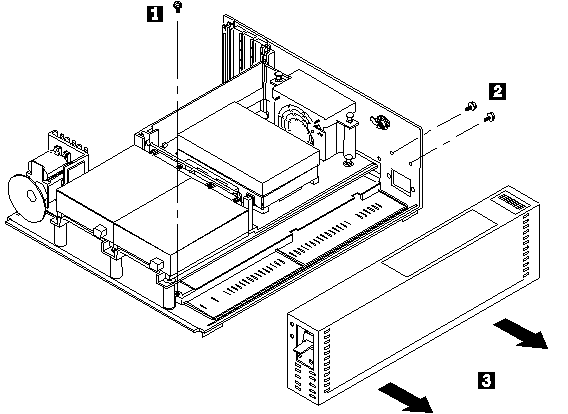
Power Supply Cleaning 8570 PSU
Removal and Cleaning (Built-In Fan)
Once you pull the edgecard connector free, you will see
F1 and F2 in the lower left corner of the PSU PCB
(toward the AC socket). The power supply has TWO fuses,
one on the Hot, the other on the Neutral. ASTEC called
it "Double Pole / Neutral Fusing". ASTEC part number is
ASTEC 084-00300030-0217. It is a BEL 3AG, 5A 250V Fast
Blow. 8570 / 8550 Bus Riser Power Hack FRU 90X1111 Original HERE You will need:
It is a good idea to leave the cables on the power connector as long as possible to make it fit on either direction a hard-disk can be installed in a Model 50 or 70. Hard Drive Power Cables and Hard Drive Power Connectors
Please note that clone PC power cables use yellow/black/red, while IBM systems use yellow/black, or red/black/blue. What is important is the position of the conductor. Note that the drive power connector is keyed with beveled edges. Riser Card FRU 90X1111 [assist from Major Tom]  J1 (JN1) Floppy 1
(A:) The three resistor/capacitor pairs on the
riser are for DC-buffering and decoupling. The earlier
risers lacked them and once you'd stuffed in 2 FDDs or 1
FDD and a tape problems occurred with loss of data
during copying and suchlike. What to do:
Warnings and recommendations:
From Peter Wendt If you have only one disk-drive
installed, take the connector of the second drive for
modification. Caution!! Take care not to damage
the tiny connections on the board near the connector for
Drive 2 while soldering the wires. Remember, that the Mod. 50 / Mod. 70 power-supplies aren't that powerful at all. Especially the Mod. 50 power-supply (94W!!!) is known to have lesser power than assumed. If you'd already installed a -386/-486 upgrade, 64Megs of RAM, SCSI-adapter and a Hi-Resolution graphic board it will surely collapse. |
